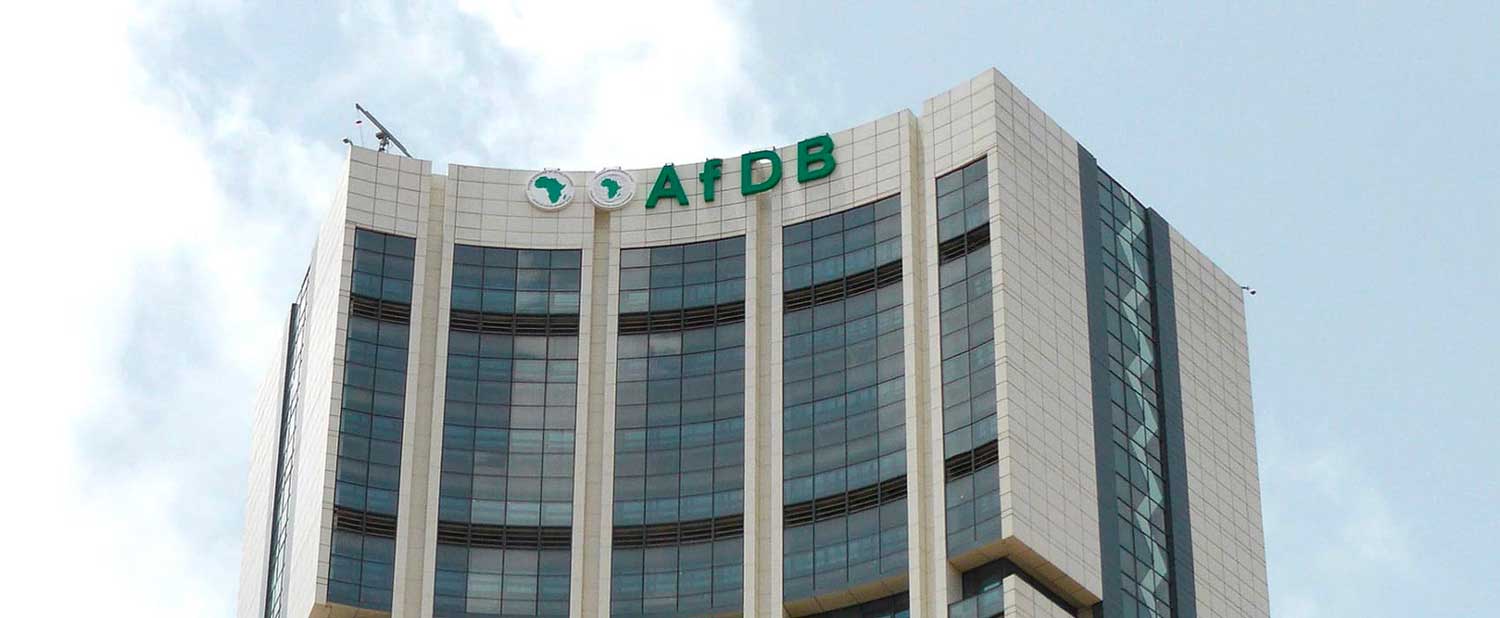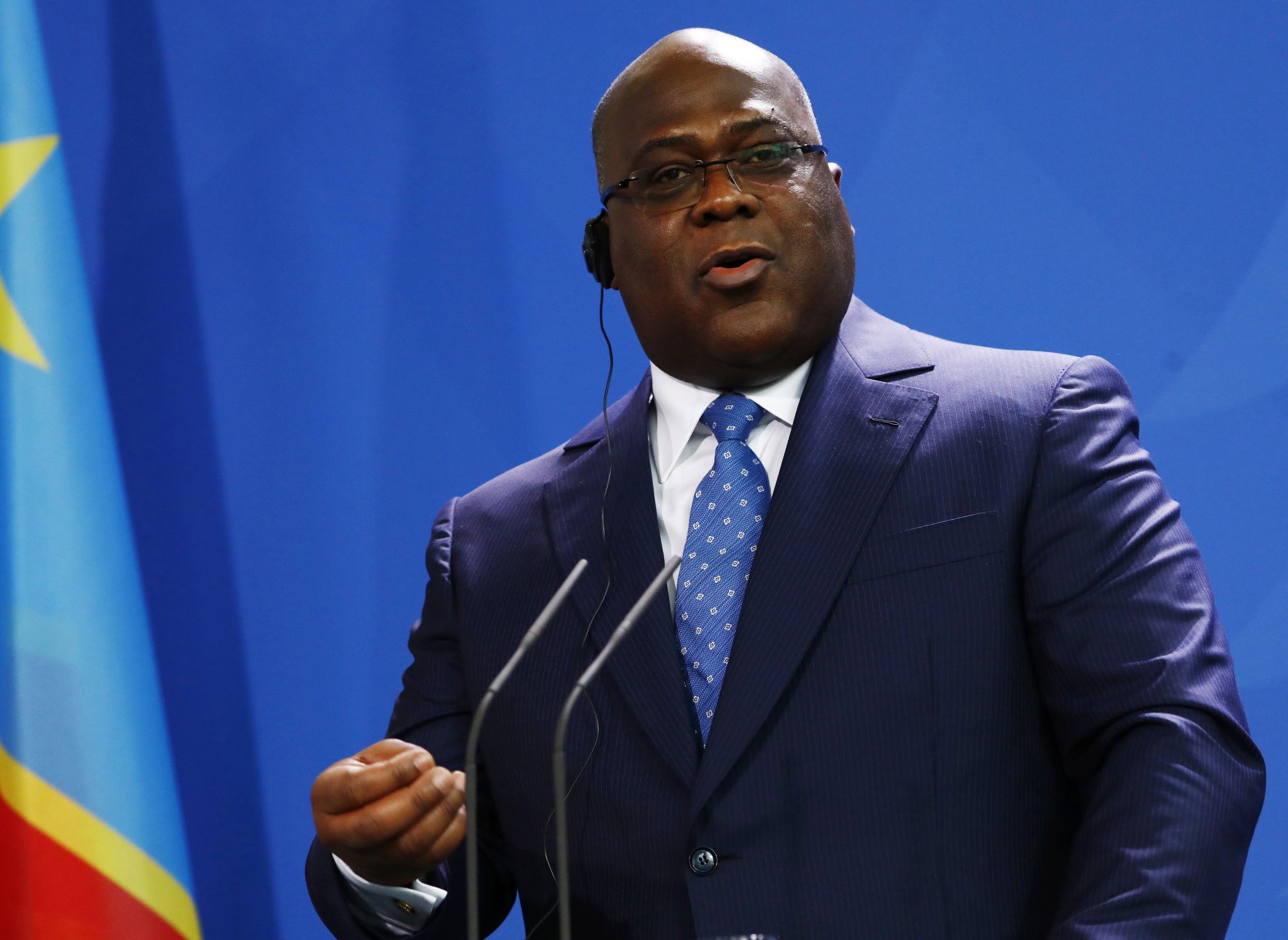Ghana reserves rise on bullion discipline
Gold-for-reserves lifts buffers as USDGHS=X holds near 15.3 and XAUUSD hovers around $2,350; tighter FX volatility and lower two-year yields signal improved liquidity while policy at 30.00% sustains the disinflation path.

Ghana’s external position has strengthened as the central bank’s gold-for-reserves operations increase gross buffers and compress near-term FX risk. As of mid-October 2025, gross international reserves are estimated at $6.0–6.3 billion, up from roughly $5.9 billion in June 2025, lifting import cover to about 2.8–3.1 months on the latest twelve-month run rate of goods and services imports.
The Domestic Gold Purchase Programme channels domestically mined bullion into official assets, operating as a non-debt FX buffer that lowers spot dollar demand in the interbank market. With USDGHS=X averaging 15.2–15.4 in mid-October 2025 and XAUUSD near $2,350/oz over the same window, the price–volume alignment has improved the Bank of Ghana’s capacity to stabilise liquidity without ad hoc administrative controls.
Transmission occurs through two measurable channels. First, steady bullion intake raises gross reserves and enables more predictable hard-currency supply at periodic auctions, narrowing bid–ask spreads and moderating intraday volatility. Second, elevated international gold prices sustain producer cash margins despite prior cedi depreciation, supporting royalty and corporate-tax flows while preserving volumes available to the central bank’s window. The combined effect is fewer disorderly FX sessions, reduced rollover risk for importers, and tighter dispersion in daily USDGHS=X prints. In local funding markets, two-year auction yields in mid-October 2025 stand near 25–27%, roughly 100–150 basis points below July peaks, indicating improved liquidity confidence and lower near-term risk premiums.
Macro consistency has improved alongside the reserves gain. Headline CPI slowed to the low-20s year on year in September 2025 from above 50% a year earlier. The policy rate remains restrictive at 30.00% as of October 2025, keeping ex-ante real rates positive to anchor expectations and deter destabilising FX demand. The current-account deficit is projected at about 2% of GDP in 2025 on firmer gold and cocoa receipts and restrained consumer-goods imports. Public debt is estimated at 84–86% of GDP pending completion of external restructuring; while elevated, higher reserves reduce the probability of FX-driven feedback loops into domestic prices and funding costs. On the sovereign curve, recovery values on selected Eurobonds have edged higher in recent weeks, even as yields remain in the low-teens, reflecting a cautious but improving outlook for market normalisation.
Global and regional context underscores the policy signal. Resource-backed buffering in frontier markets often fails when governance weakens reserve quality or crowds out private liquidity. Ghana’s framework—sourcing from formal producers, transparent bullion accounting, and operation within an IMF-anchored programme—has avoided those pitfalls to date. The design complements, rather than substitutes for, fiscal consolidation on arrears, revenue, and expenditure control. For international investors, the combination of steadier USDGHS=X, rising reserves, and a narrowing current-account gap compresses the estimated risk premium embedded in cedi assets, even as Eurobond pricing continues to reflect restructuring execution risk and global rate volatility.
Durability depends on preserving both price and volume legs of the gold channel while avoiding domestic liquidity strain from over-sterilisation. A $150–$200/oz downside shock to bullion would compress producer margins and slow voluntary supply to the central bank’s window; mine-site disruptions would have similar effects. On the demand side, a rebound in imports as growth normalises could widen the external gap unless offset by higher mining volumes, services exports, and concessional inflows. Policy calibration should therefore maintain real-positive rates, align open-market operations with seasonal liquidity needs, and continue transparent reporting of reserve composition and gold purchases to reinforce credibility.
The next two quarters provide clear verification thresholds. Gross reserves should remain at or above $6.0 billion through end-Q1 2026; 30-day realised volatility in USDGHS=X should stay within a ±3% band absent global shocks; the 2025 current-account deficit should print at or below 2.0% of GDP on final release; and two-year auction yields should compress by a further 50–100 basis points if liquidity remains orderly and inflation trends toward the high-teens by Q1 2026. Meeting these markers would convert a cyclical bullion tailwind and a structural policy tool into a durable external anchor, reducing Ghana’s sovereign risk premium and reopening a path to conventional market access.





